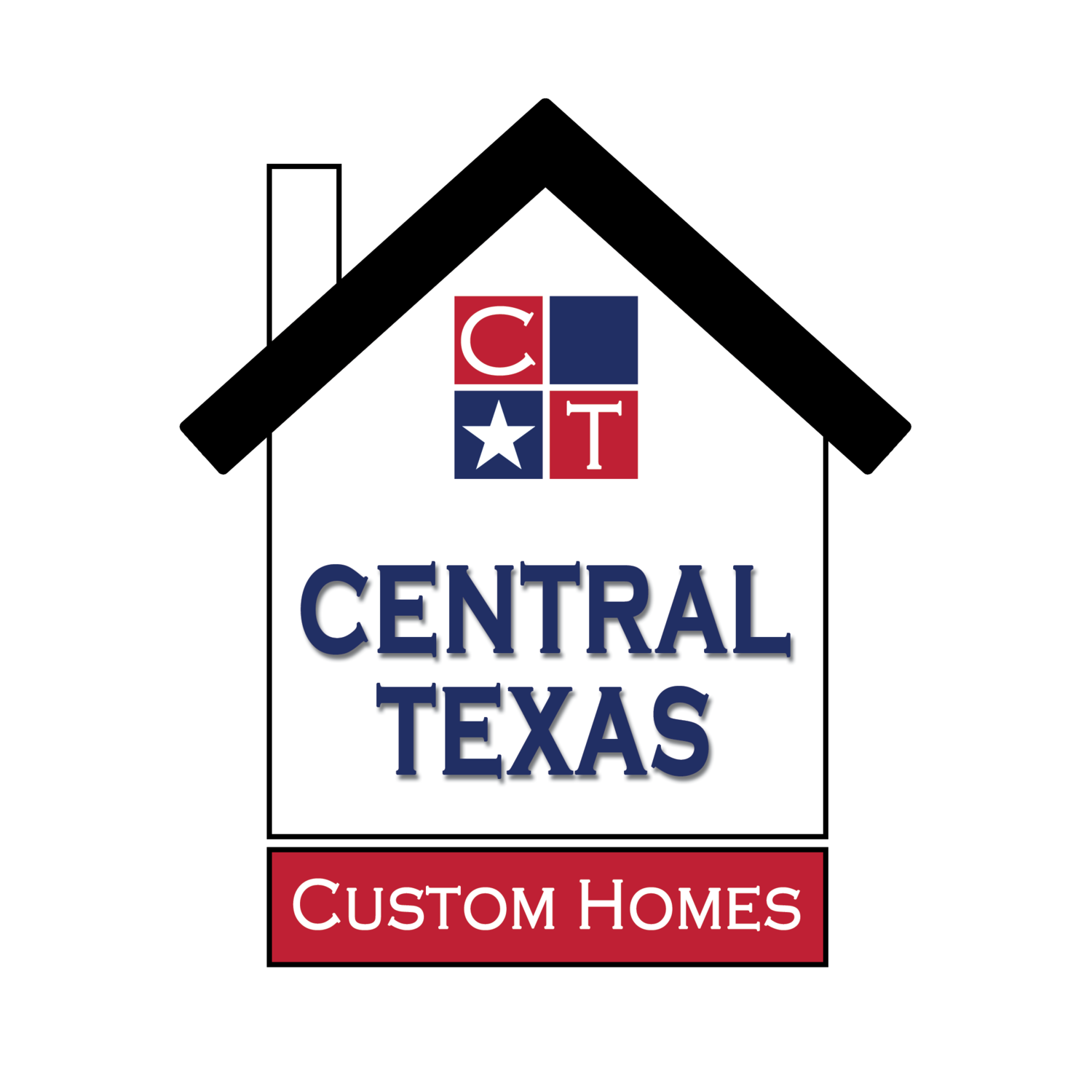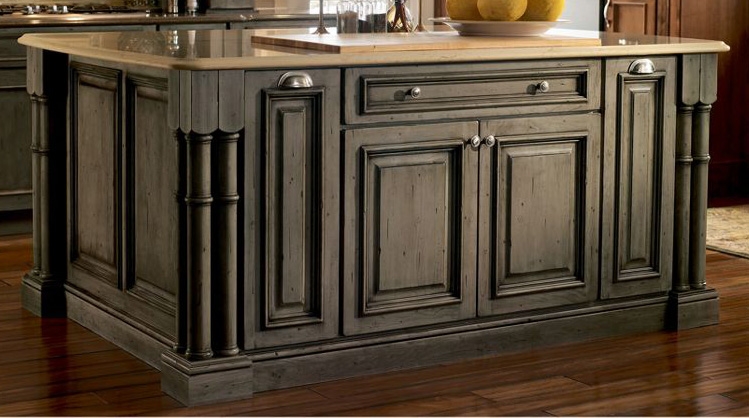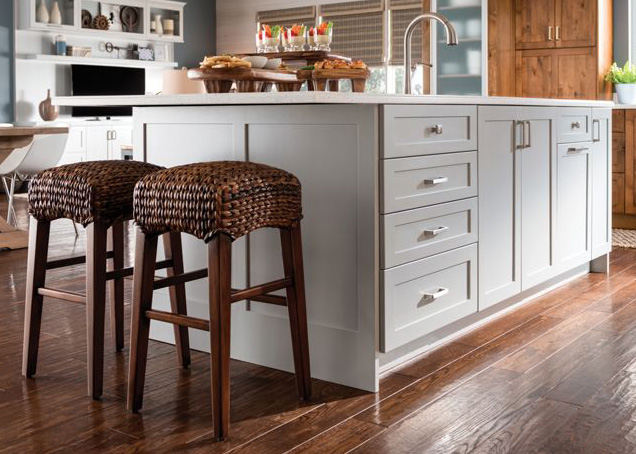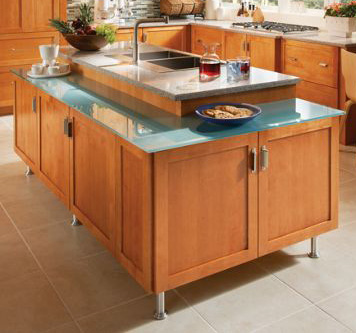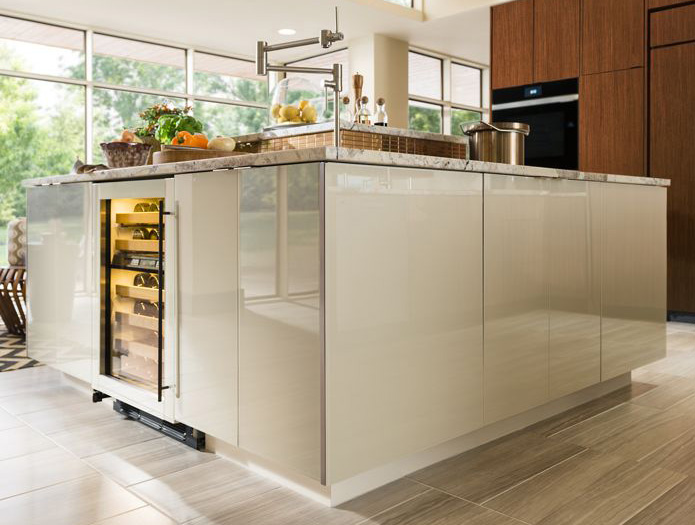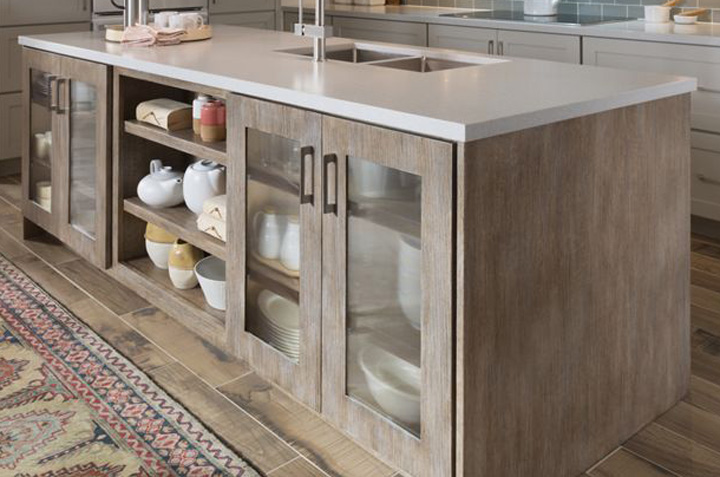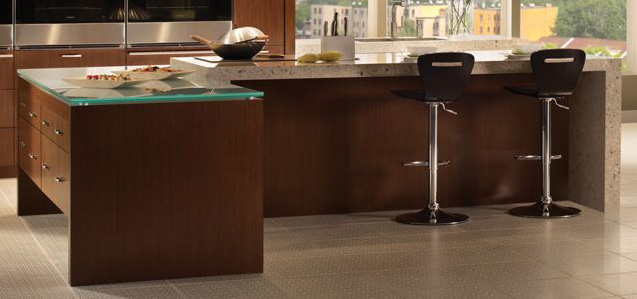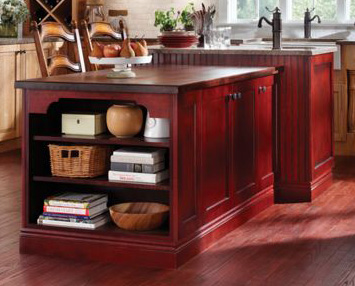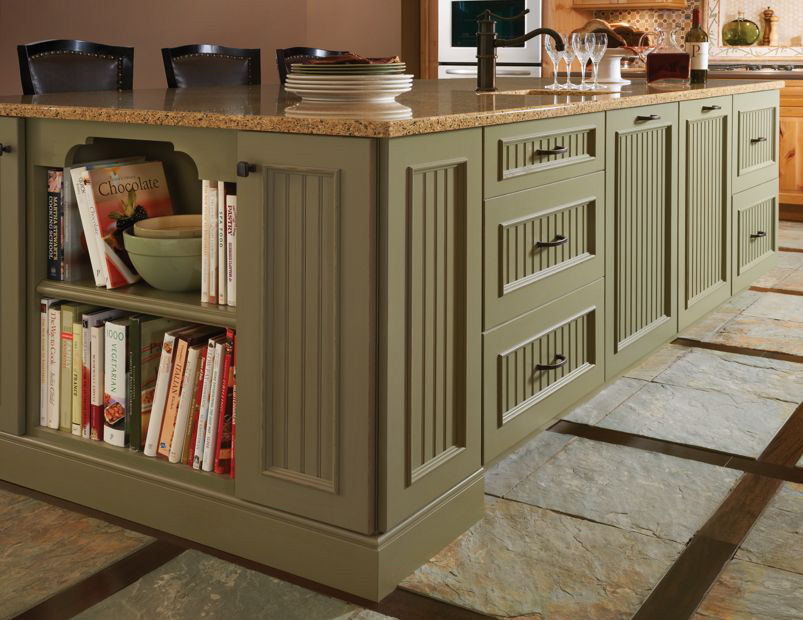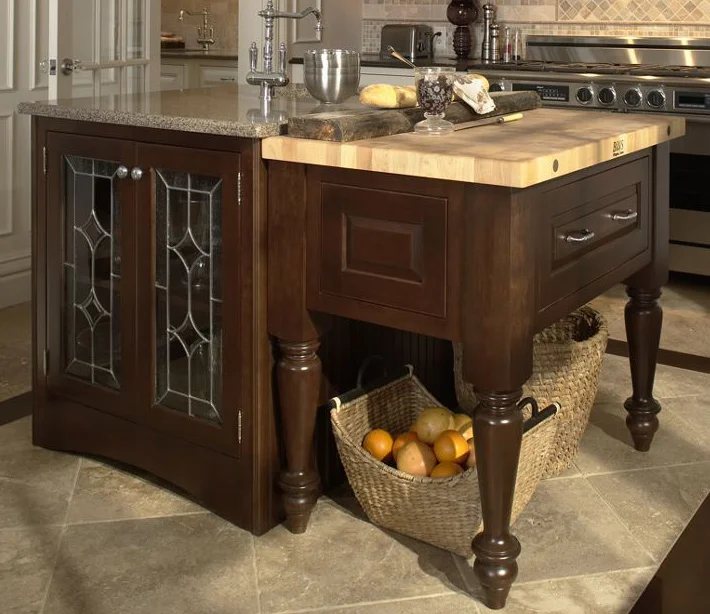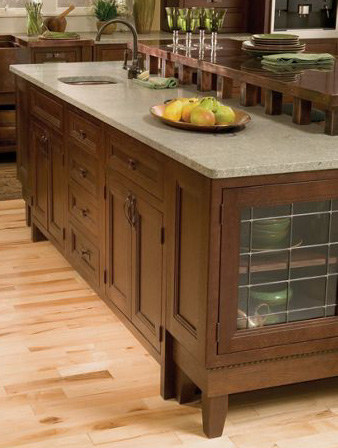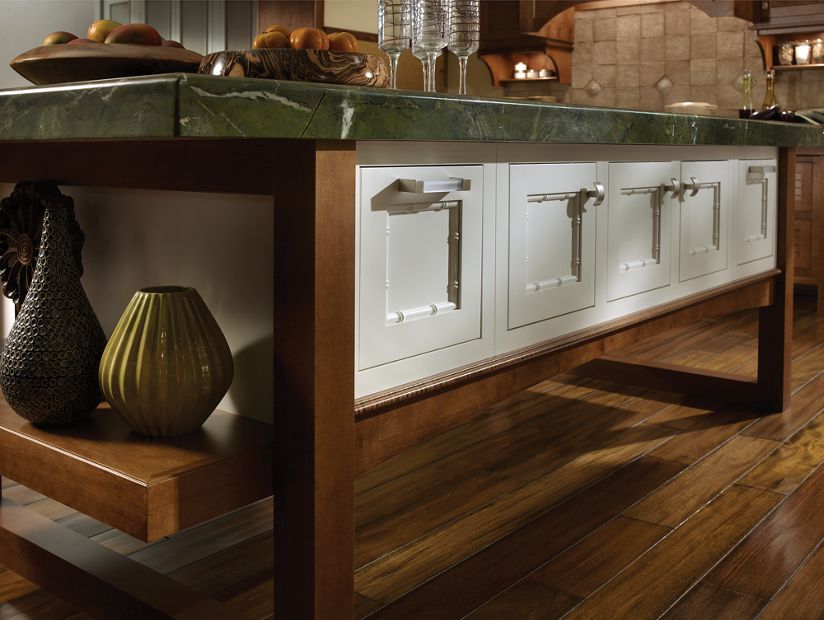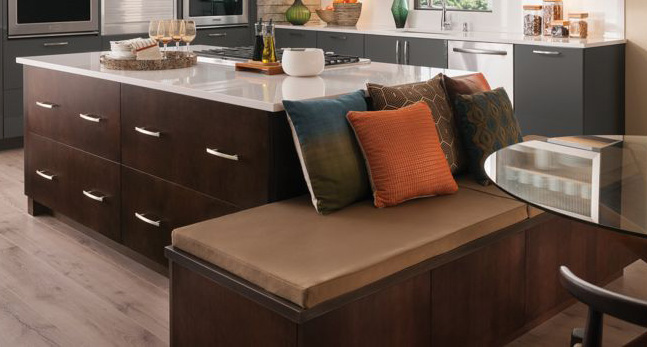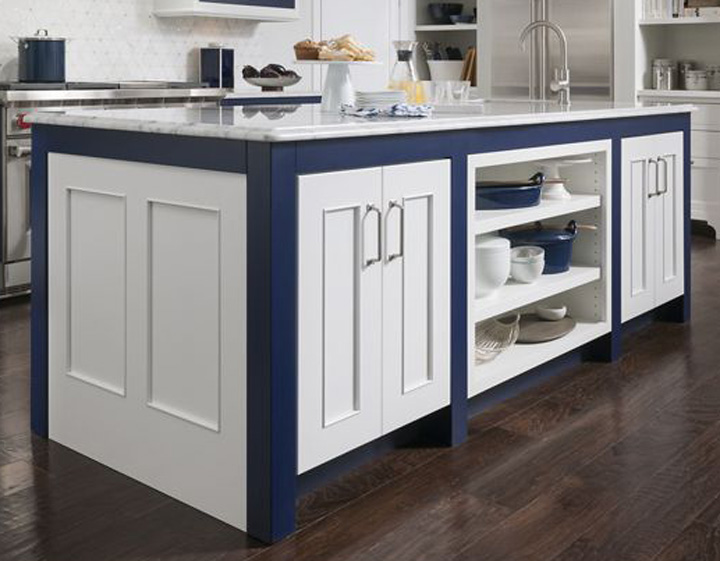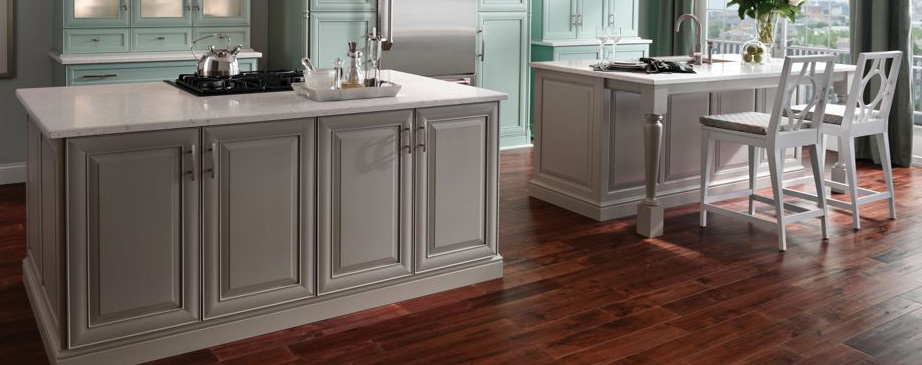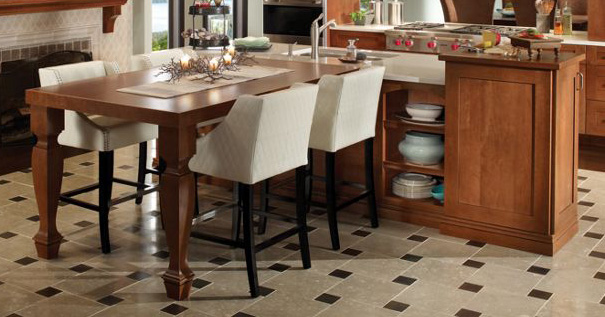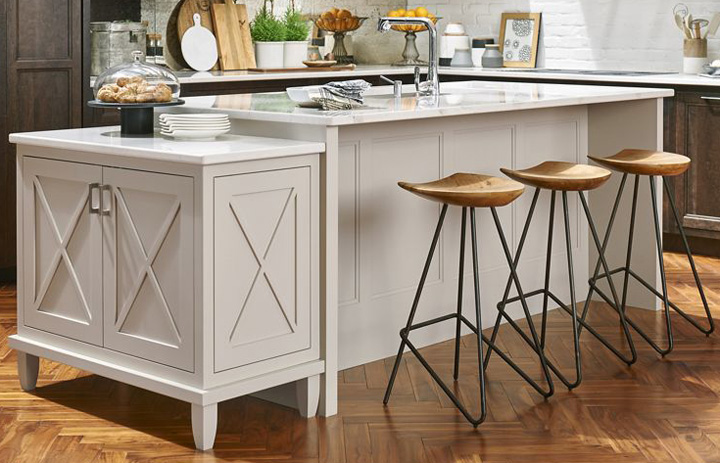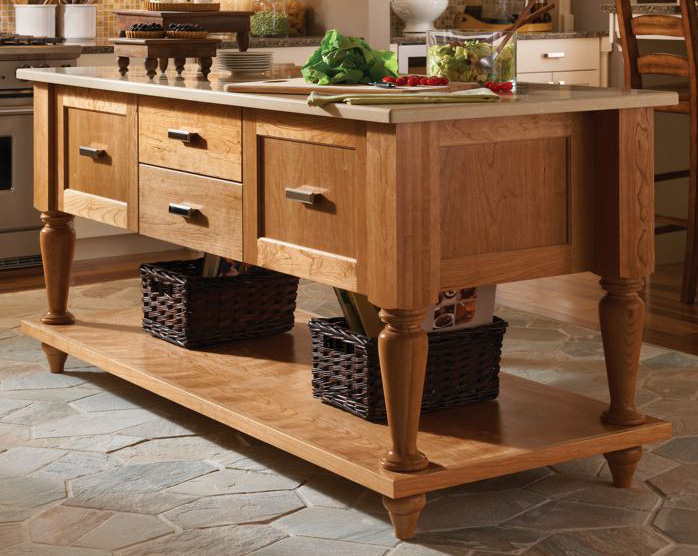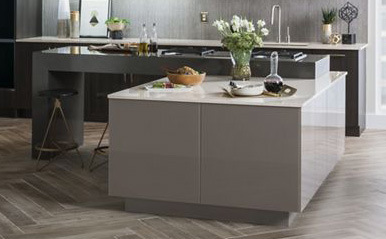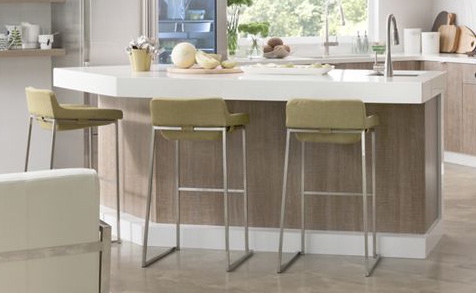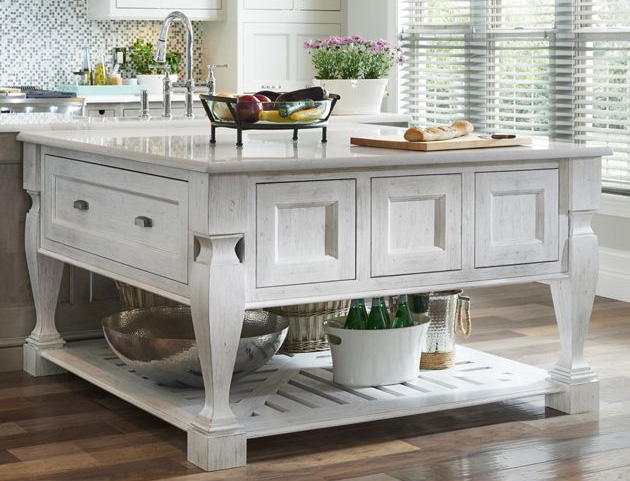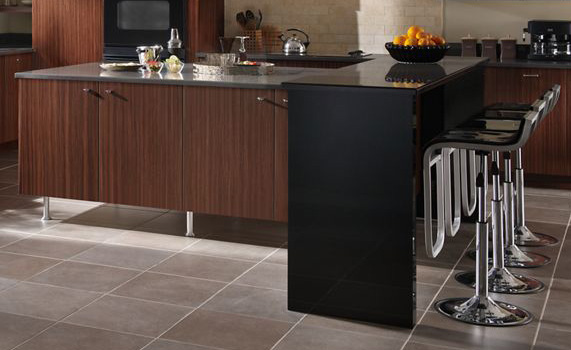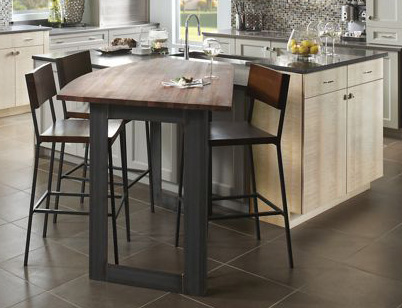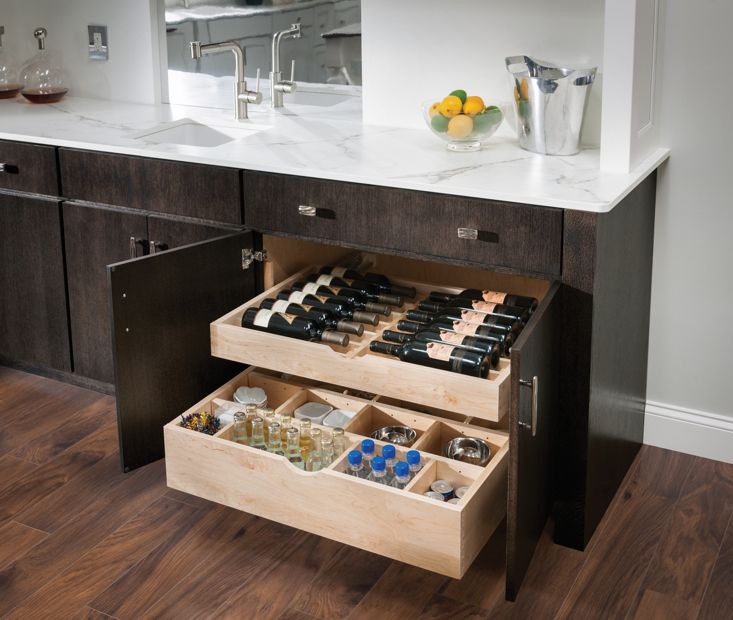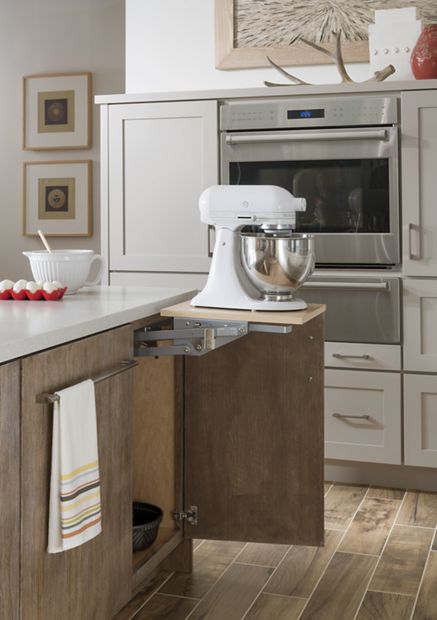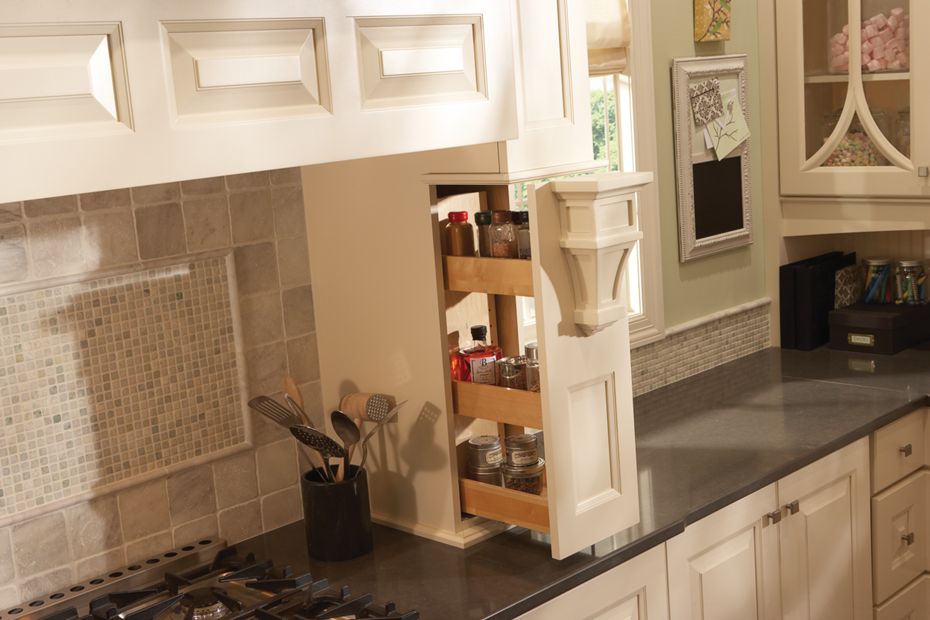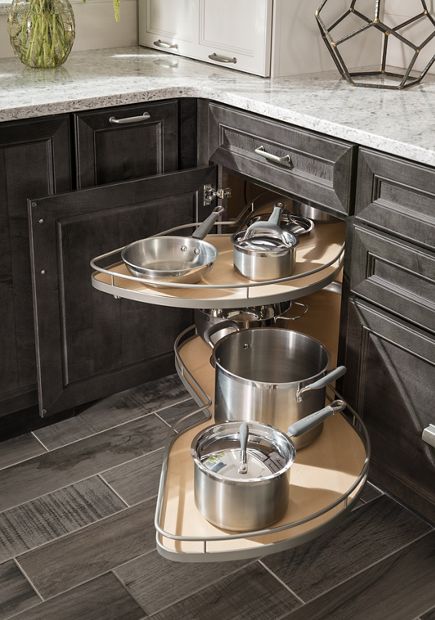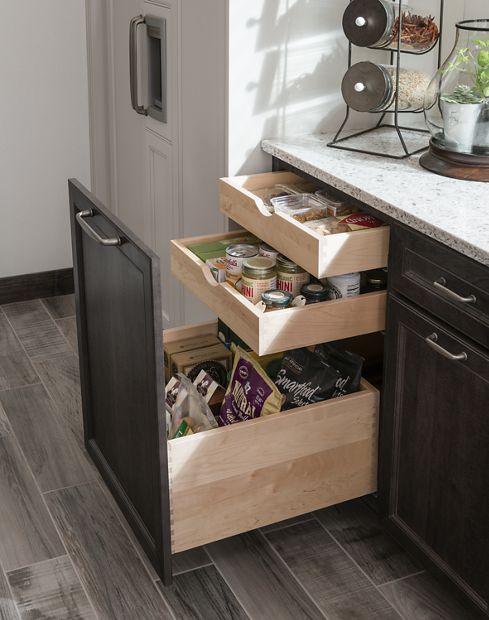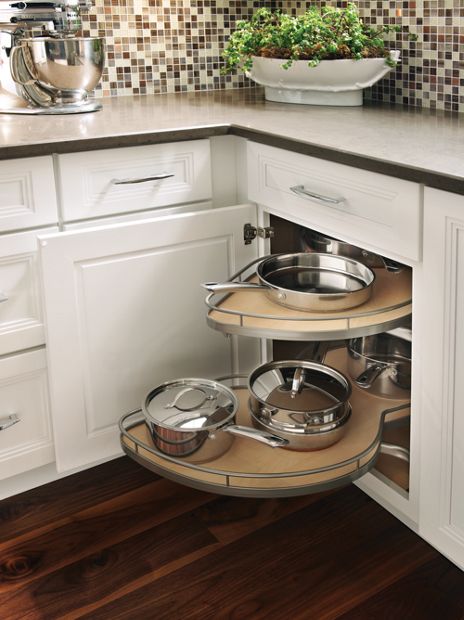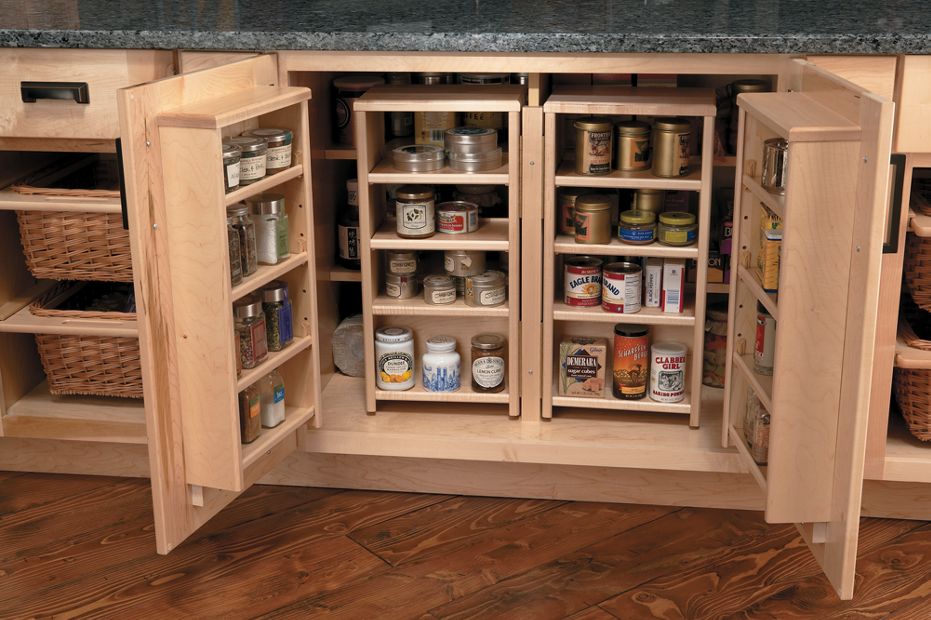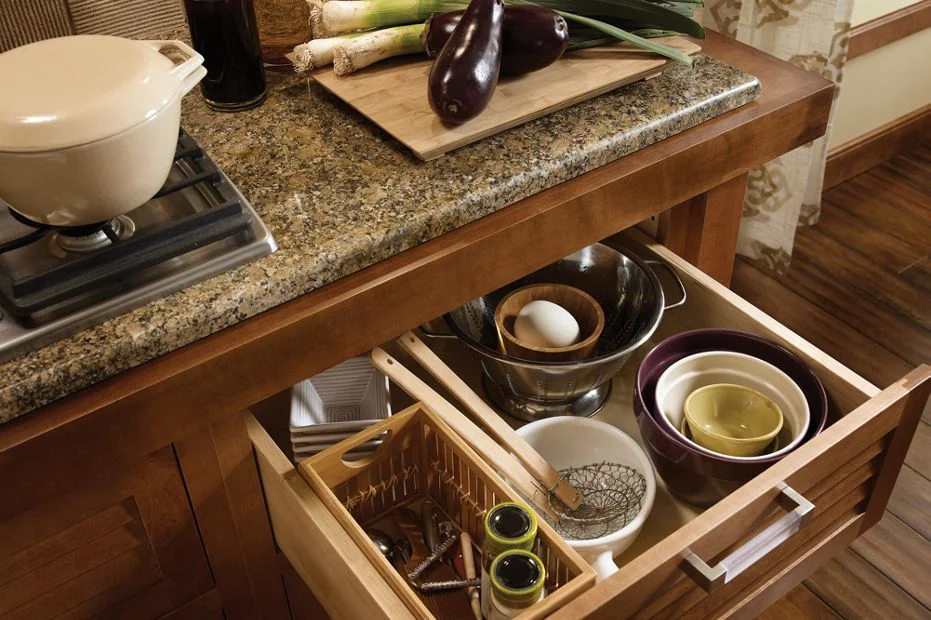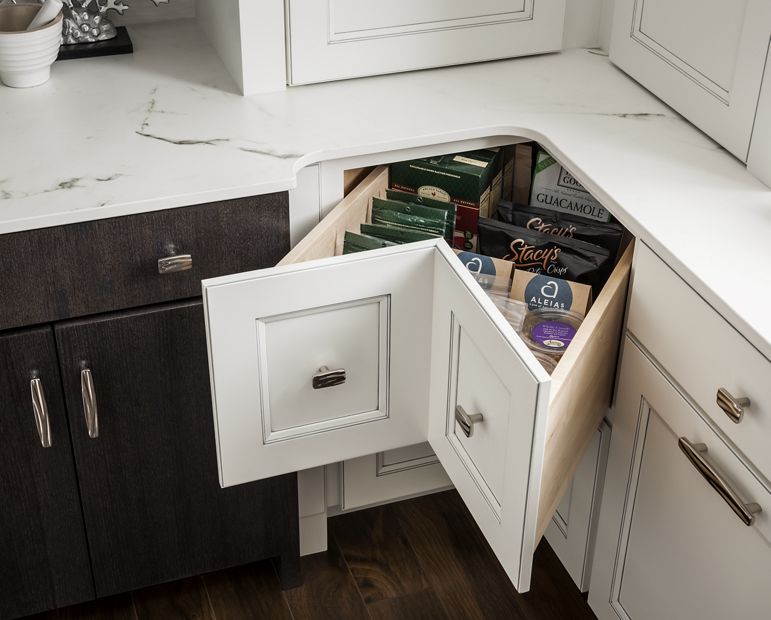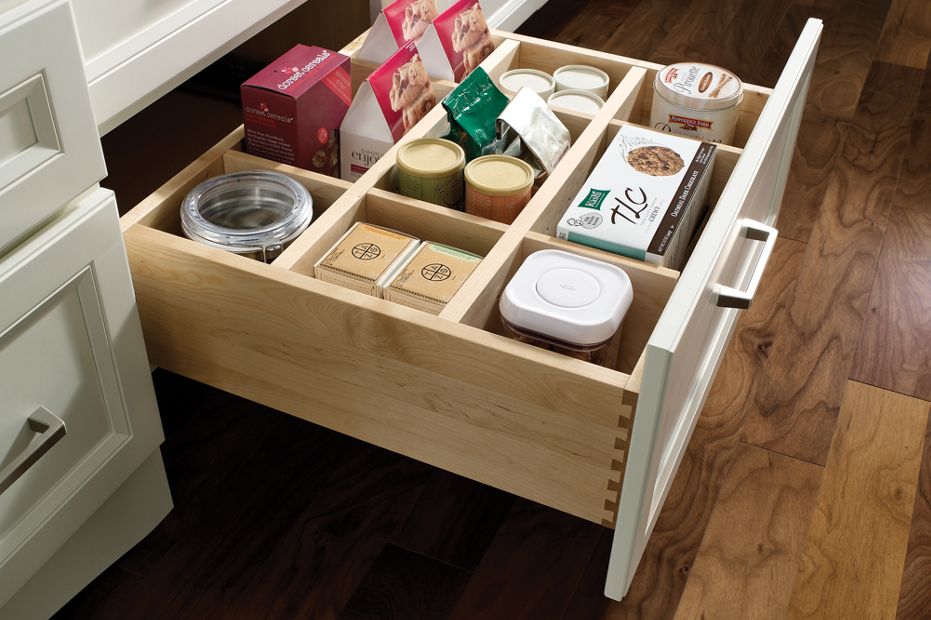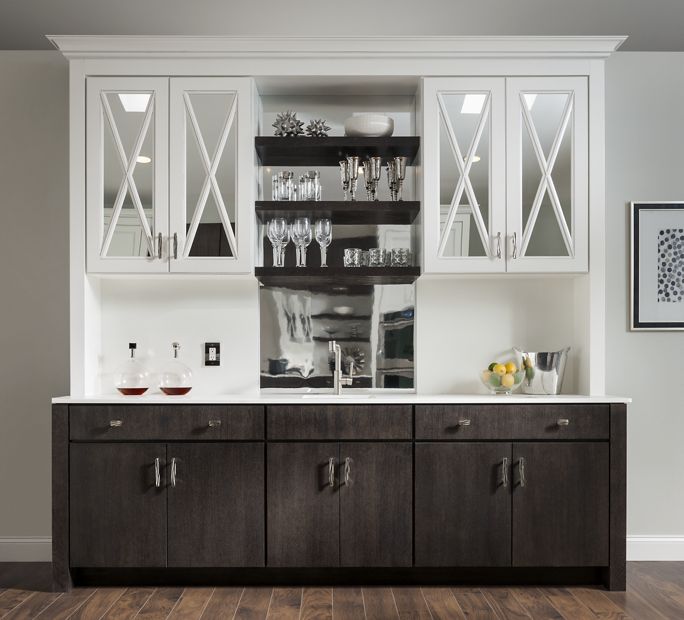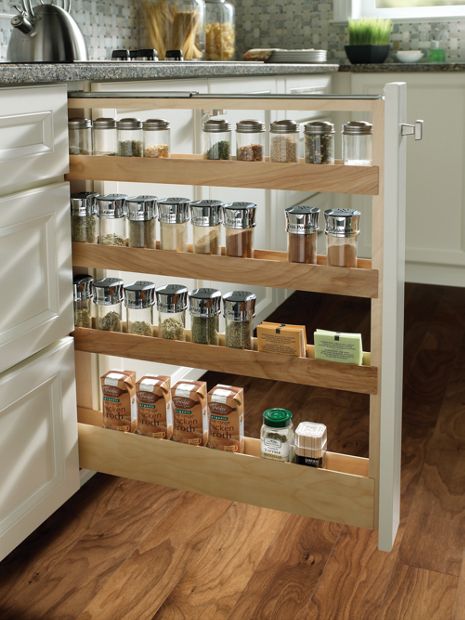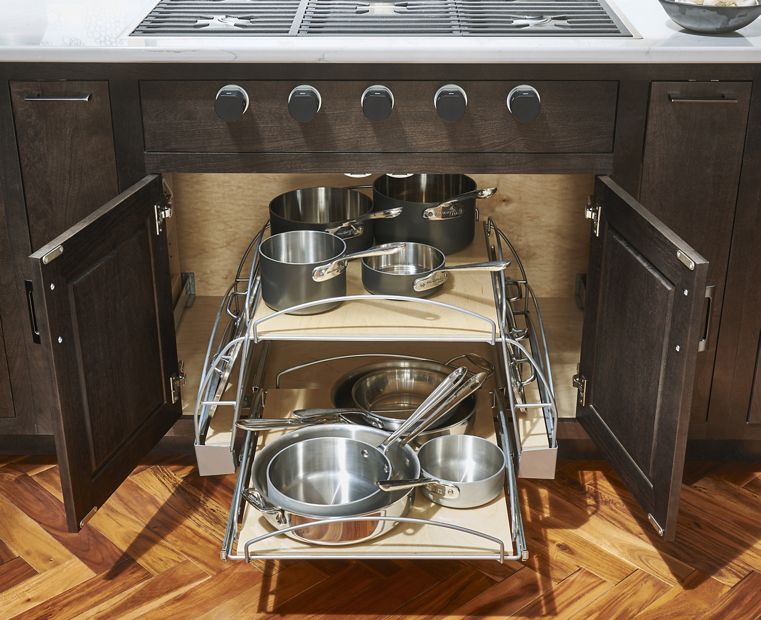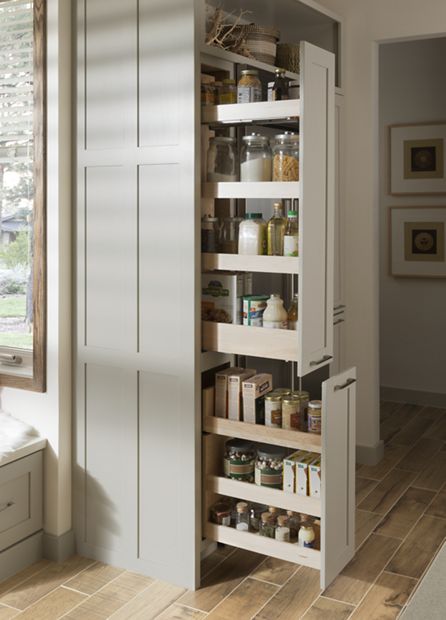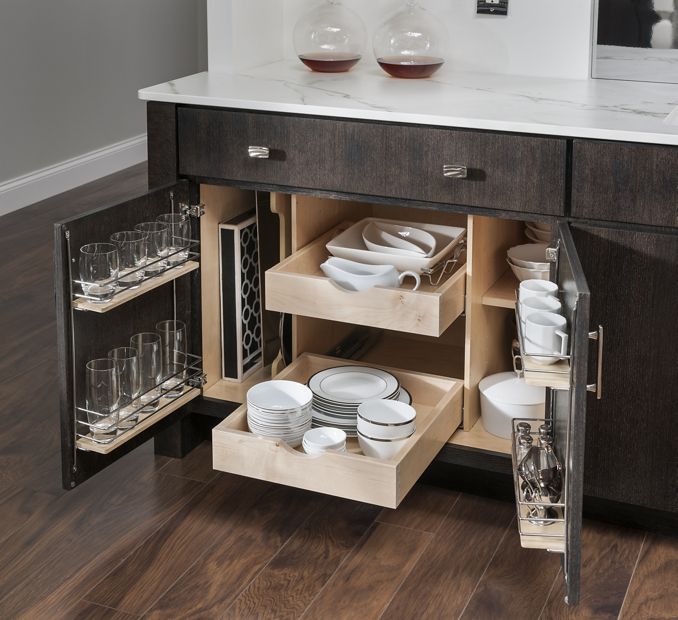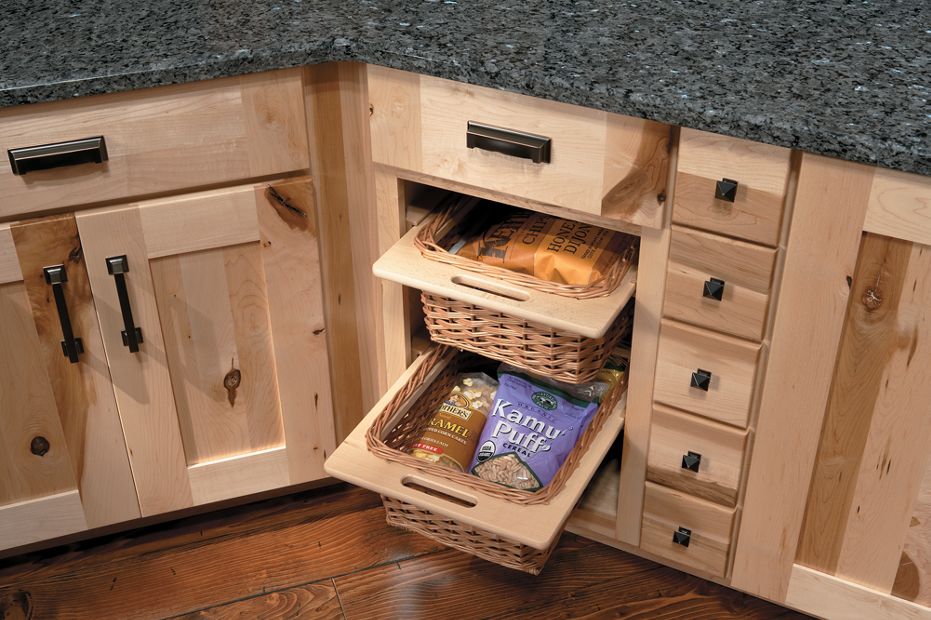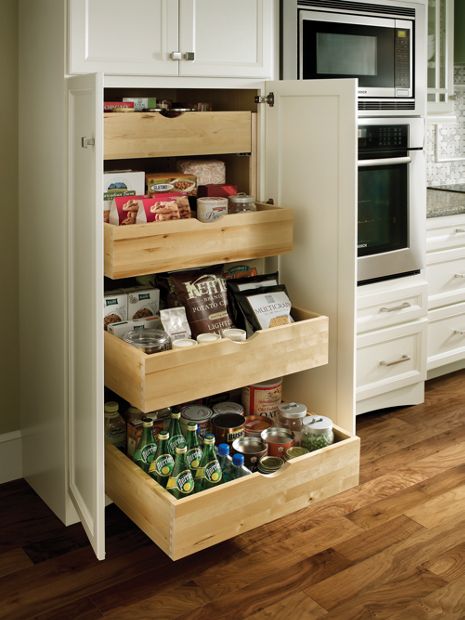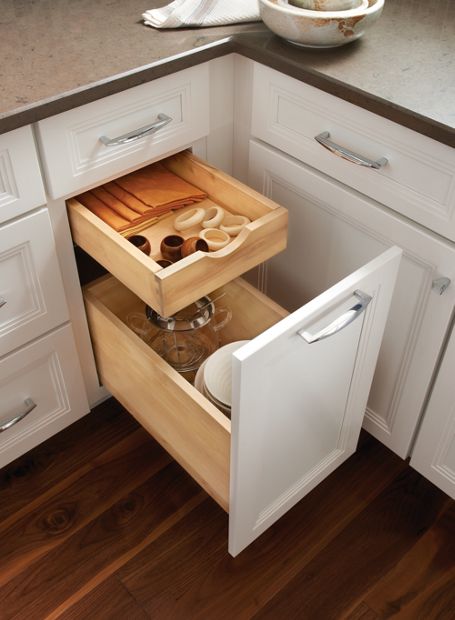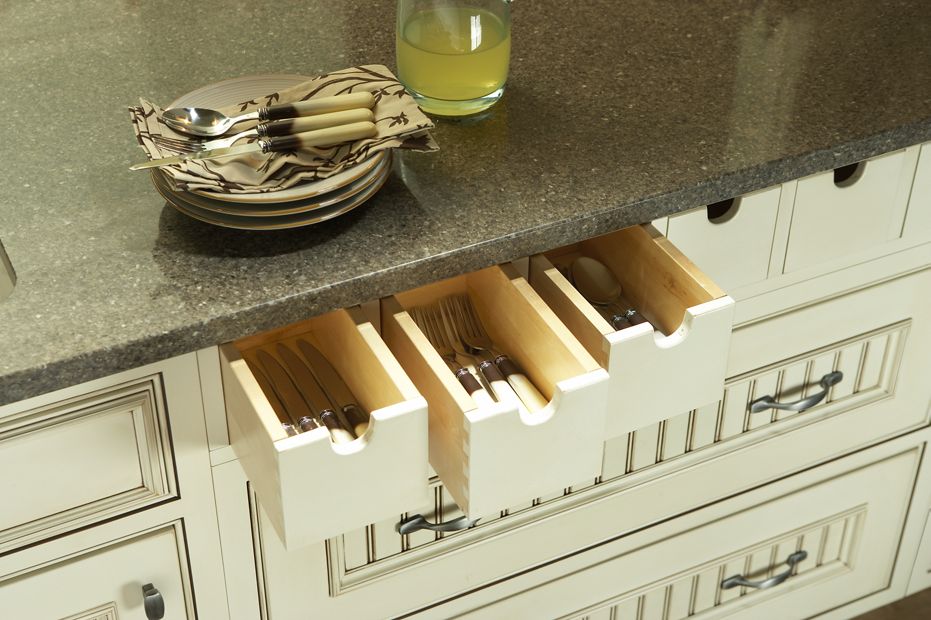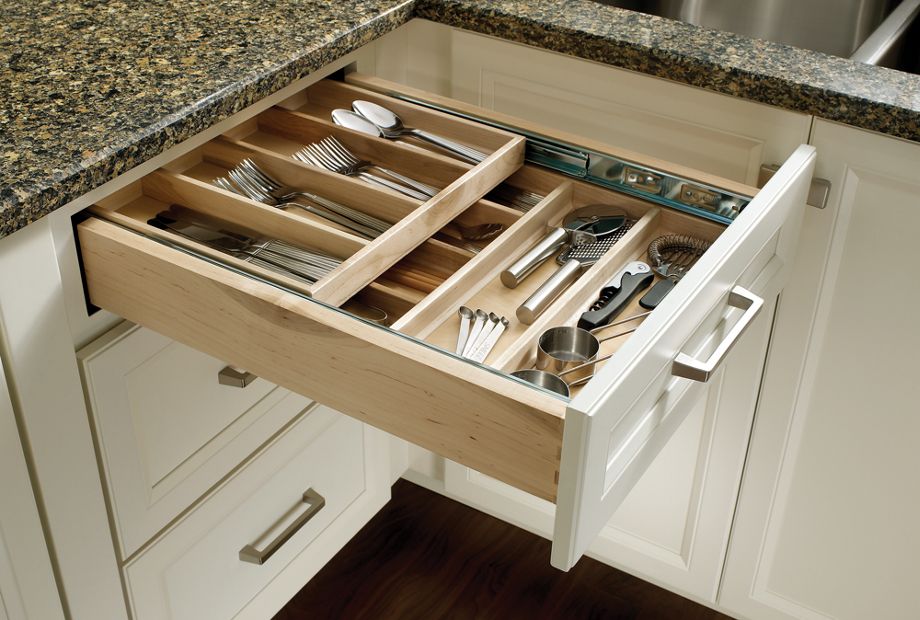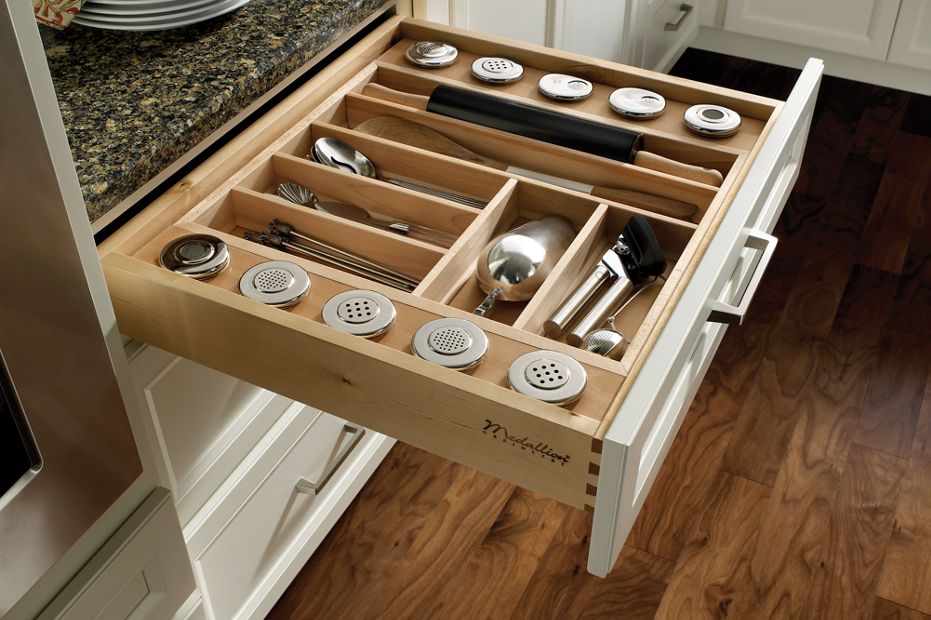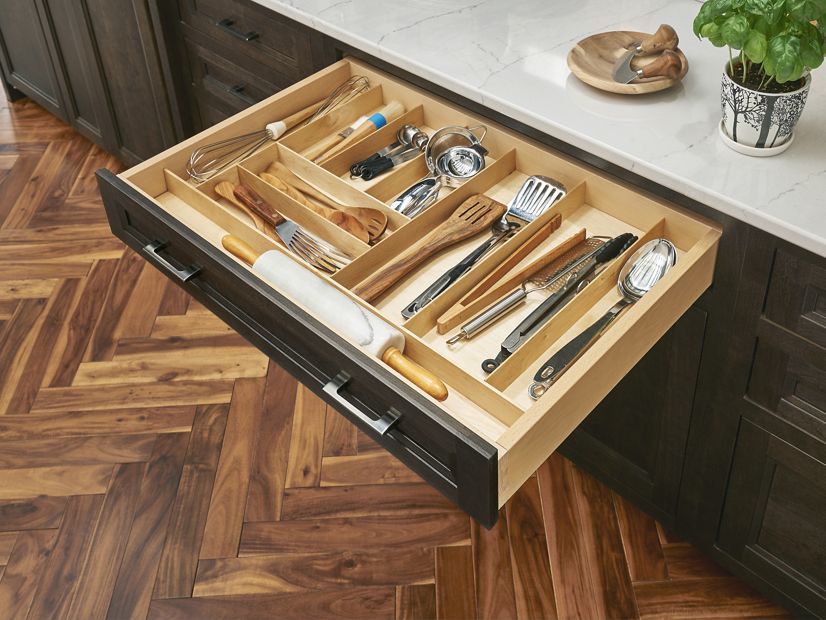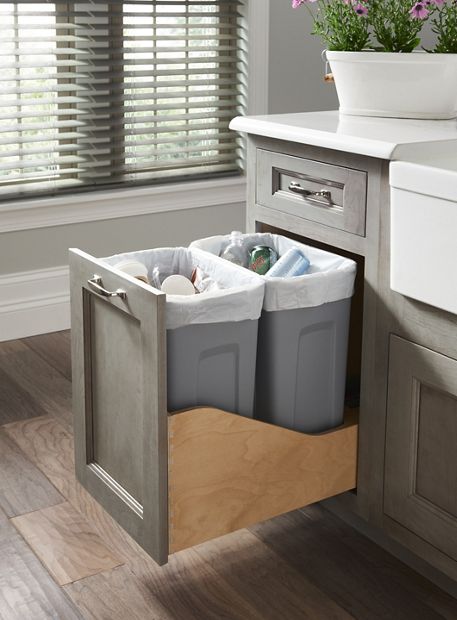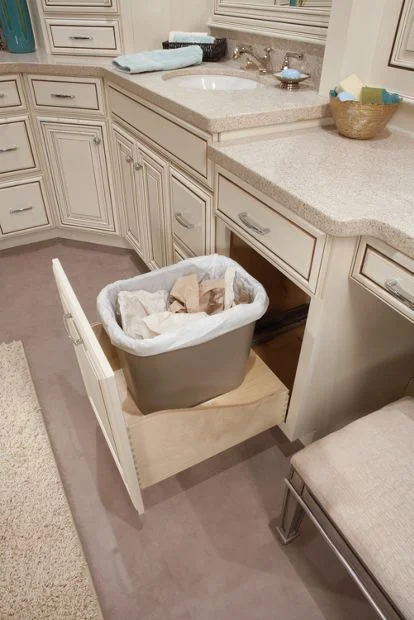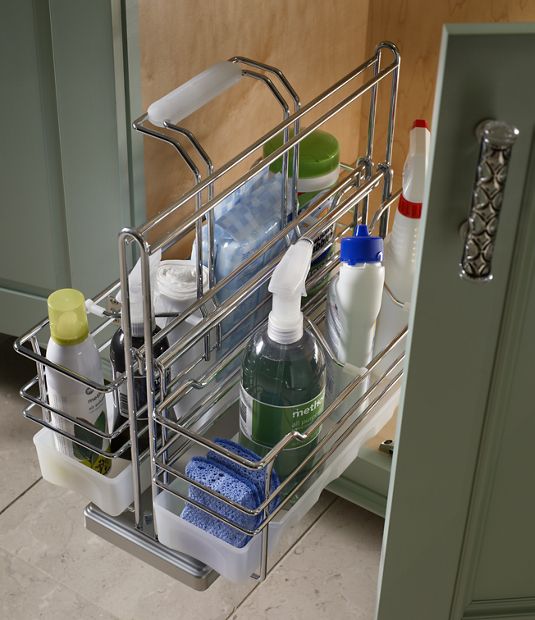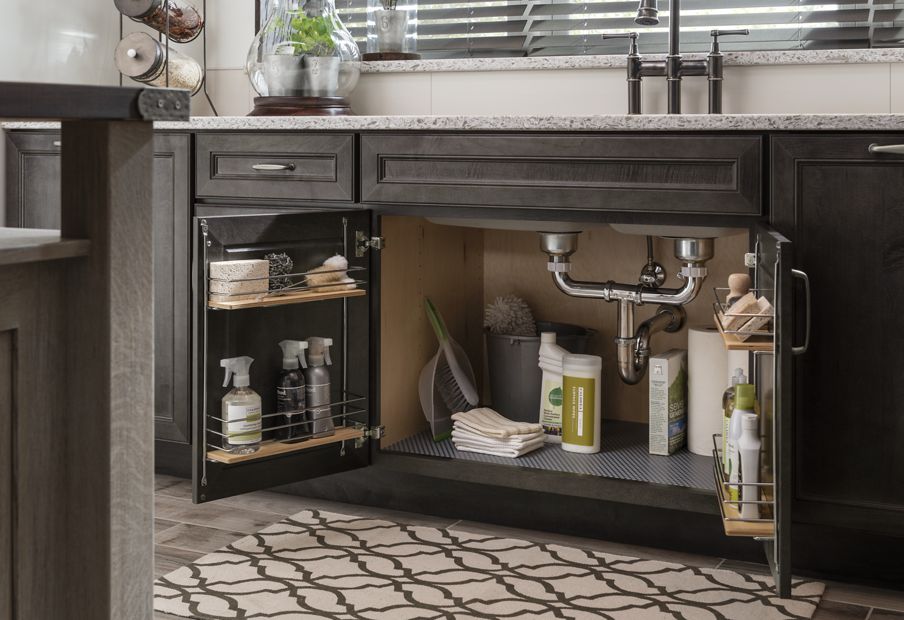Kitchen Styles
For many households, the kitchen truly is the heart of the home and the hub of family and social gatherings. From cottage to contemporary, select a style that suits your tastes and lifestyle best.
Like clothing or furniture, kitchens come in many styles. Since a new kitchen costs the most and last the longest, choosing a kitchen style requires serious thought. Speaking broadly, it helps to know if you prefer a more classic or more modern look. Making that decision will help you start to narrow down choices on everything from wall color to cabinet doors. Picking a very specific design theme, such as French Colonial or Art Deco, gives you even more of a design road map. Mixing and matching styles typically is called eclectic, while a look that blends traditional and contemporary elements is considered transitional.
Traditional
Formal, Elegant and Classic
Traditional kitchens have a formal, elegant look characteristic of American and European homes of the 18th, 19th and early 20th centuries. Expect to see:
- Crown and rope molding, fluting, corbels and other ornamentation and trim
- Cabinets in cherry, walnut and mahogany
- Raised panel cabinet door styles
- Antique fixtures and appliances
- Wood, stone or other natural materials
Country
Cheery, Welcoming, With Many Variations
Country kitchens are cheery and welcoming, with light and/or bright colors, painted and glazed cabinets, woven baskets, floral motifs, and decorative shelving and molding. Expect to see:
- Floral, checked, striped, gingham and plaid patterns
- Window and wall treatments in fabrics such as chintz and calico
- Beadboard wainscoting and paneling
- Painted, glazed and distressed cabinet finishes
- Chicken wire or metal cabinet inserts
- Handmade, hand-forged, homespun look
- Antiques and flea-market finds
Traditional
Mixing Traditional With Contemporary
Transitional kitchens include elements of both traditional and contemporary design. Eclectic in nature, they mix natural and man-made materials as well as finishes and textures.
For example, an Arts & Crafts or Shaker kitchen can be made transitional rather than traditional by lightening the color palette, adding bamboo flooring, and showcasing appliances rather than hiding them behind wooden panels. Molding and fixtures aren't elaborate but do have some ornamentation.
Contemporary
Modern, Minimalist and Geometric
Contemporary kitchens tend to be described as modern, minimalist and geometric. The characteristics include horizontal lines, asymmetry and a lack of molding and other ornamentation. Materials often are man-made rather than natural: stainless steel, laminate, glass, concrete, chrome and lacquer.
Contemporary encompasses styles from the 1940s to the present, with Europe-especially Italy, Germany and Scandinavia-leading the way. Expect to see:
- Frameless cabinets with oversized hardware
- Cabinet material: stainless steel; white or bold-colored laminate; or subtly grained woods such as birch, ash or maple
- Cabinet door style: slab or horizontal lift-up
- Frosted glass inserts
- Stainless steel and other metallic accents
- Curved cabinets and counters
Rustic
Bring Regional American Flair to Your Kitchen
Rustic kitchens often have a regional American flair: Adirondack or Pacific Northwest, for example. Others resemble a lodge or log cabin.
Expect to see:
Wood paneling and ceiling beams
Knotty pine, hickory and alder woods
Leather pulls
Warm, rich earth tones and reds, greens and yellows
Log Cabin/Mountain: Try bold and natural choices, like warm cabinetry with a strong grain (such as knotty pine or alder) stained in reds, greens, or yellows. Wide rails and stiles (such as those of a Shaker door) enhance the look.
Rustic Country: Warm hickory wood tones shine on recessed flat panel doors. A hearth-style mantle hood, hand-carved turnings and furniture-like pieces bring a rustic country space to life.
Other rustic styles: Lodge, Southwestern, Mountain West, Coastal
Arts & Crafts
Form, Function, and Craftsmanship
Grounded in form and function, Arts & Crafts kitchens rely on a natural bespoke look with a strong emphasis on craftsmanship. Recessed panel doors with thick frames are dominant; consider letting the doors into the frame by using flush frame cabinetry. For an interesting accent, contrast the finishes or woods of the frame against those of the door and panel. Expect to see:
- Neutral colors found in nature
- Inset or recessed panel cabinet doors
- Stained glass windows and lighting fixtures
- Mullioned glass doors
- Rich woods
- Clean, strong lines
Old World
17th Century Style Lives On
Old World kitchens — with their large cooking hearths or grottos and distressed, unfitted cabinets — trace their look to pre-17th century Europe. Often painted, the raised panel cabinetry should feature elements like cracking, beadboard, dish and cup racks, valence legs, flushed toes, and bun feet. Expect to see:
- Furniture-look cabinetry
- Stone walls and/or floors
- Pewter or copper accents
- Mosaic tiles
- Brick or plaster walls
- Deep, rich colors
- Appliances hidden behind panels
